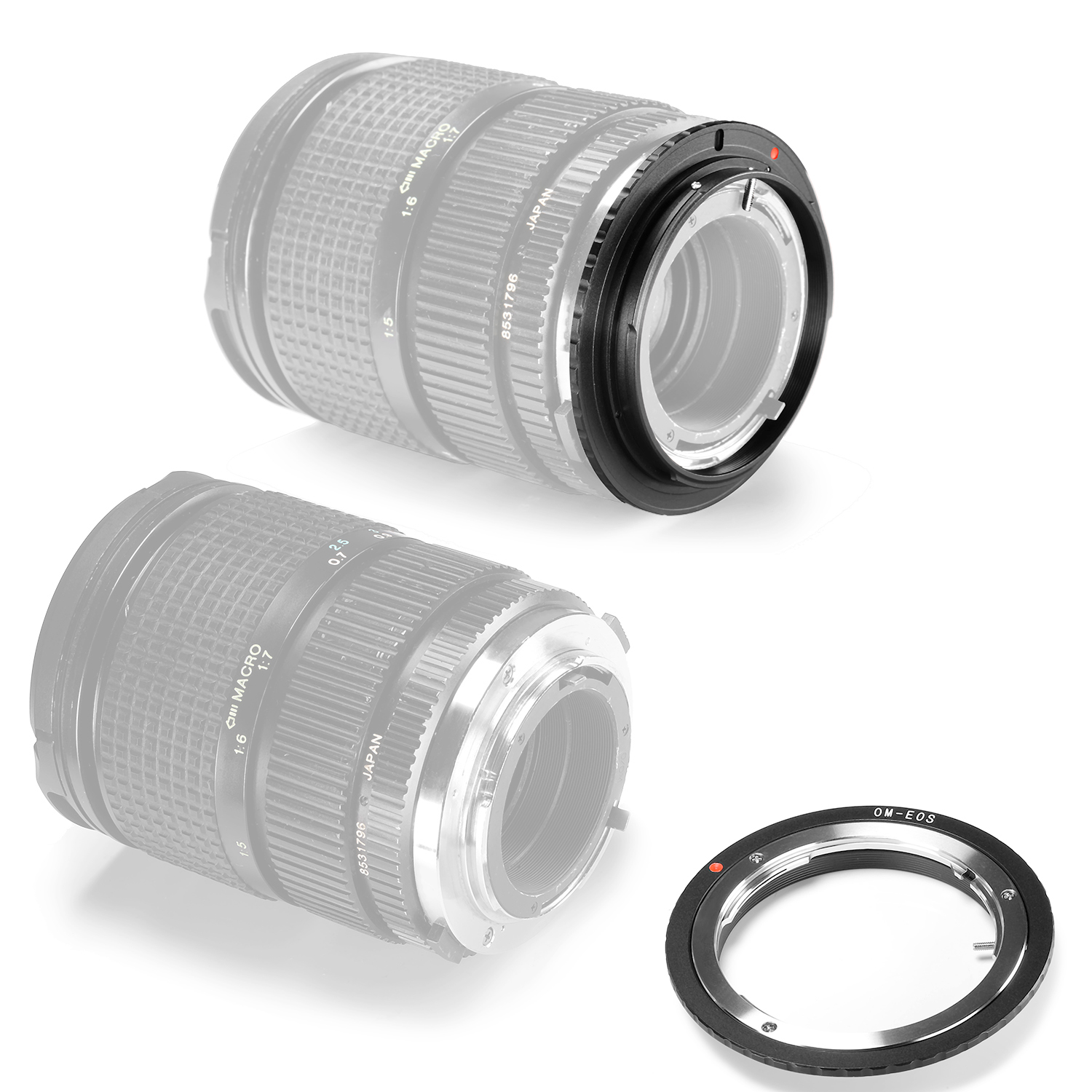
The BIF score is very encouraging, but the problem is that the behaviour in these conditions is unpredictable, and not without bugs. Also, if your Sony lens has a custom button, it won’t work unfortunately. That is the only way to change the aperture. If your Sony lens has an aperture ring, you need to put it in the A position and control the aperture with the front or rear command dial of the Nikon body. It’s not as fast as swapping native lenses and admittedly, less convenient, but it’ll do when the default method gets on your nerves. The same workaround explained earlier can be useful in this case too: remove the lens and adapter first, then remove the adapter from the lens and attach it to the second lens, then re-attach the combo to the camera. You get used to it after a while, which is a minor consolation. To this day, I haven’t really figured out the amount of pressure to apply to get it to work every time. Sometimes it works right away, sometimes you need patience. To unmount the lens, you press and hold the small metal lever on the bottom-left side of the adapter, but the mechanism is not precise so you’ll often become frustrated trying to remove the lens. Yes it is only 2mm shorter than the Sony E-mount, but enough for Techart to build a thin adapter with electronic contacts. The arrival of the Nikon Z system made the impossible possible because it has the shortest flange distance of all of them, 16mm. For example, if I wanted to use a Sony lens on a Fujifilm camera, the adapter would have to be no thicker than 0.3mm. Leica M lenses are also easily adaptable because the flange distance of the M-system is longer compared to mirrorless mounts (27.8mm), although not as long as DSLRs.īut what about adapting mirrorless lenses to other mirrorless systems? Well, let’s start by looking at the flange distance specifications of those products:īefore the launch of the Nikon Z and Canon RF systems, and excluding Leica, the difference in flange distance wasn’t greater than 1.55mm, and for some systems, even less than 1mm. These adapters are precisely machined to increase the flange distance needed by the DSLR lens to focus correctly on the mirrorless camera. This difference in length allowed manufacturers to design adapters to use DSLR lenses on mirrorless bodies. For example the Canon EF-mount is 44mm, whereas the Sony E-mount is 18mm. It is the distance from the image sensor to the mount (where the rear-end of the lens attaches).īecause of the flipping mirror situated between the mount and the sensor, a DSLR camera has a longer flange distance than a mirrorless camera. Preface: how is such an adapter possible in the first place?Īdapting lenses from other camera systems comes down to one physical aspect: the flange focal distance.
OM TO E SYSTEM LENS MOUNT FULL
To know more about our ethics, you can visit our full disclosure page.


If you buy something after clicking one of these links, we will receive a small commission. Within the article, there are affiliate links. We were not asked to write anything about this product, nor were we provided any other compensation of any kind.

Stabilisation, lens corrections and limitationsĮthics statement: We own the Z6 and bought the Techart adapter to review it.


 0 kommentar(er)
0 kommentar(er)
